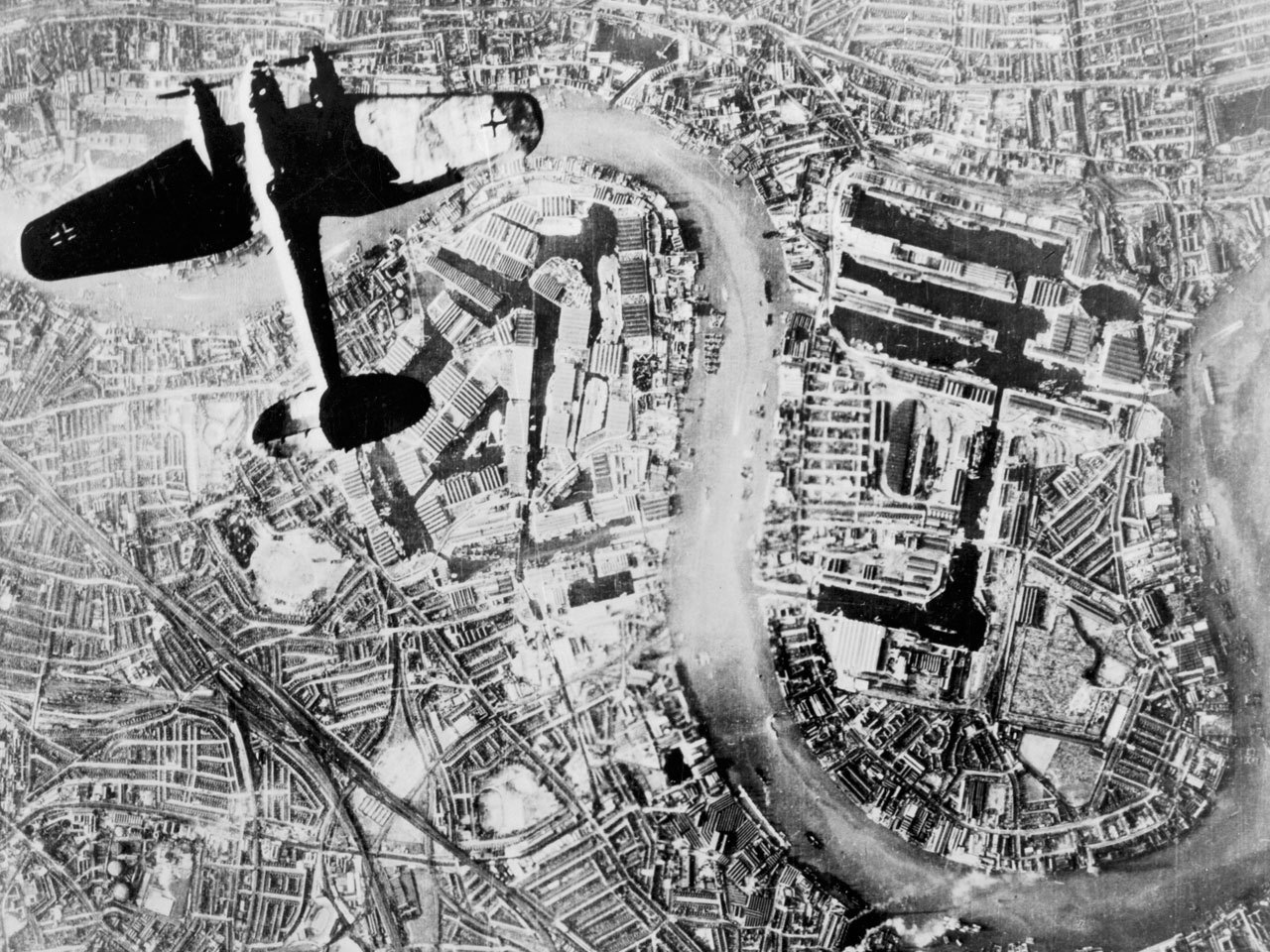
Using Existing Footage: Rights and Licensing
The use of existing footage, whether it’s historic archive, corporate footage, home movies or contemporary stock footage, is a critical part of filmmaking that requires some careful consideration. The ever-expanding abundance of available video makes this both an exciting and a challenging prospect; it’s all too easy to spend hours searching for the exact video clip that you’d love to use on Youtube, and then spend days trying to establish who owns it. The licensing and sharing of video is a fast-changing world, with more and more material becoming available every day, some of it free-to-use and some carefully controlled. Once you start to embark on this process you may well consider using a specialist researcher who understands how to source specific footage and can negotiate the pitfalls of copyright and licensing. All footage that you use must be ‘licensed’ in some way, unless is has been declared ‘public domain’. This page offers an introduction to various ways in which material can be licensed and to some of the alternatives to commercial footage licensing.
Licensing
Footage owners generally sell license their material in two ways; ‘Copyright Free’, which means you are free to use the material how you like and where you like, for as long as you like, and ‘Rights Managed’, in which case the footage is licensed under specific terms, usually specifying where it will be used, in what format and for how long. Generally speaking higher quality, rare and unusual footage is offered under a ‘rights managed’ license as the copyright owners are keen to control its use and maximise their revenue.

A ‘public domain’ photograph taken from a German plane, ‘Heinkel over Wapping, 7th September 1940’ which we used in ‘Black Saturday‘ a Yoho documentary for London’s Museum in Docklands, made entirely from archive footage, including newly discovered material shot by the London Fire Brigade during WWII.
Free Material: Public Domain
There is also a range of interesting material, including a huge amount of material from NASA, that is available free of charge, under ‘public domain’ label. Legally speaking ‘public domain’ material is footage that belongs to the public. Material can enter the public domains in 3 ways; through government (the US government’s output and archives, for example, are in the public domain), through dedication (people can declare their material to be in the public domain) or through time, in that the copyright has expired. Copyright duration in the UK is life + 70 years, so most film and video remains in copyright. The duration of copyright varies from country to country, there’s a good Wikipedia guide to this here. A good source of public domain material, mostly from the US, is the Pond5 Public Domain Project and there is also a useful Wikipedia directory of free media resources here.
Creative Commons
Creative commons is a under which the owners of material can license it in 3 ways, with differing levels of freedom and attribution. Increasingly companies and government departments are making footage available under Creative Commons licensing, one good example is the UK Ministry of Defence, who have an impressive Vimeo Channel showing their available material. Generally speaking creative commons material is available for educational and artistic projects, rather than commercial ones. The idea and options are explained here and is both a Youtube Creative Commons Channel and Vimeo Creative Commons Channel.
Corporate Archives
Many large companies. charities, government departments and pressure groups now hold video archives which present their activities in the best possible light and can often be accessed free of charge, if the company feels that the project is aligned with their interests. A couple of good examples the we’ve used recently are Airbus and Rolls Royce.
Fair Use
In its most general sense, a fair use is any copying of copyrighted material done for a limited and “transformative” purpose, such as to comment upon, criticise, or parody a copyrighted work. Such uses can be done without permission from the copyright owner. This is the ‘loophole’ used to create the great video mashups and satirical re-edits that are common online, but it’s an option that should be used with extreme caution.
Related Content


Leave a Reply
Want to join the discussion?Feel free to contribute!